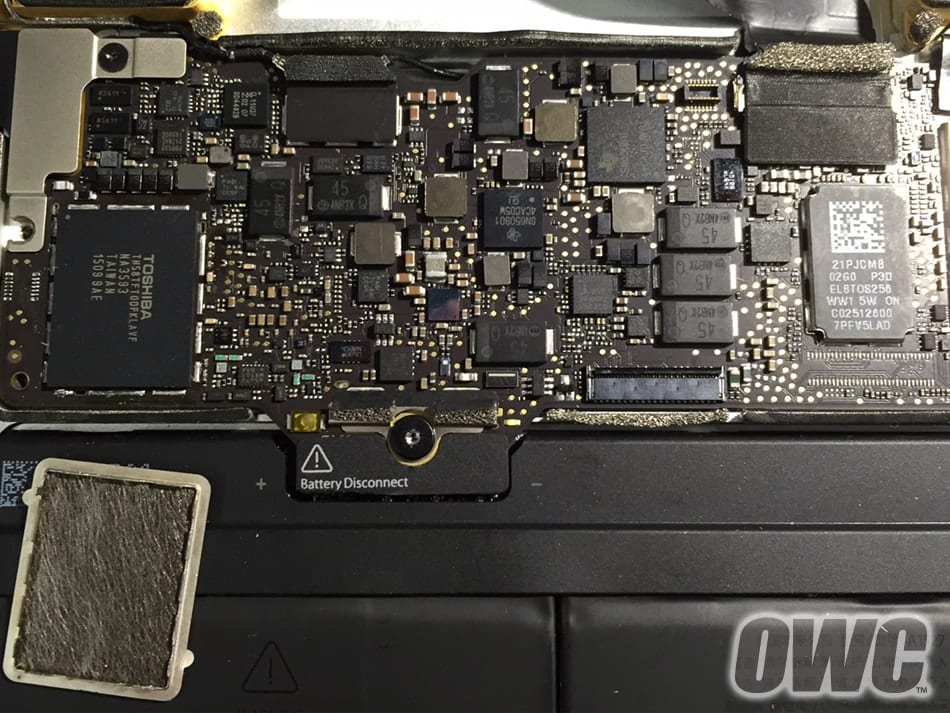

You may restore your previous installation from your Time Machine backup if you want, I usually do a fresh install. Choose the Disk Utility, find your new SSD and format it APFS with a GUID Partition Map.Select the ‘Install macOS Catalina’ disk.
#Macbook 2015 ssd upgrade mac#
Insert your bootable USB stick into the Mac and hold down the Option key while it boots.Close up the laptop case, reversing the steps from the iFixit guide.Ĭonfiguring the Drive and Installing the Operating SystemĪt this point you should be ready to perform a fresh installation of macOS 10.15.Gently insert the new SSD and screw it into the motherboard without overtightening.Attach your new SSD to the Sintech adapter and place a small strip of the Kaptop insulation tape across the adapter, as seen here.With the case open, take the time to clean it with the compressed air and isopryl alcohol, it’s filthy in there.Be careful not to strip the P5 and T5 screws. After all the upgrades have been applied, shut down your Mac and follow the relevant iFixit Mac Laptop Repair guide for removing the SSD from your laptop.This page lists the latest currently available firmware for each model. This is especially important if you’re upgrading from 10.13 or earlier releases.
#Macbook 2015 ssd upgrade upgrade#

Once you have your parts in hand, here are the steps I followed to upgrade my systems to the latest version of macOS 10.15 ‘Catalina’ with new SSDs. The Sintech NVMe M.2 adapter is considered to be the best and you can get them directly from Amazon.
#Macbook 2015 ssd upgrade pro#
I used the Adata XPG SX8200 Pro 512GB 3D NAND NVMe Gen3x4 PCIe M.2 2280 Solid State Drive, but would consider the Sabrent 512GB Rocket NVMe PCIe M.2 2280 Internal SSD. Larger drives (1TB) appear to be a bit faster, I didn’t see much need to go beyond 512 gigabytes of storage and wanted to keep it relatively inexpensive. If you have a 15” Macbook Pro you may benefit from a faster SSD because of the PCIe 3.0 x4, but the rest of the models are limited by PCIe 2.0 x4 giving them a theoretical limit around 2,000 MB/second (results from the thread rarely get above 1500 MB/s with 13” models. There are a lot of options for which SSD to purchase, the general consensus from the MacRumors thread was that the Sabrent Rocket and Adata XPG SX8200 models provide the best price/performance results.

Relatively recently (10.13) it became possible to upgrade these systems with an aftermarket adapter and stock NVMe M.2 form factor SSDs. The SSDs used by MacBook Air and MacBook Pros shipped between 2013-2017 used a proprietary adapter. Apple laptops are somewhat notoriously resistant to upgrades.


 0 kommentar(er)
0 kommentar(er)
